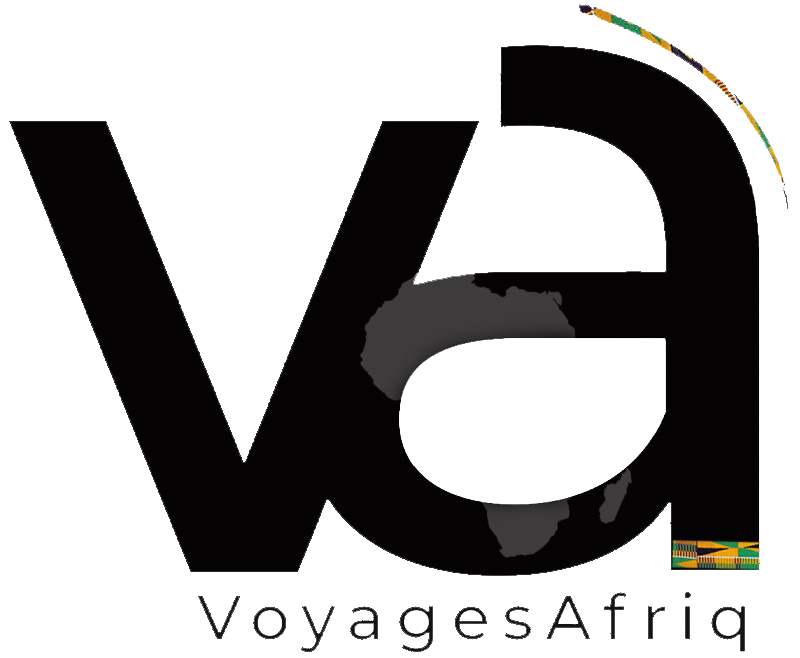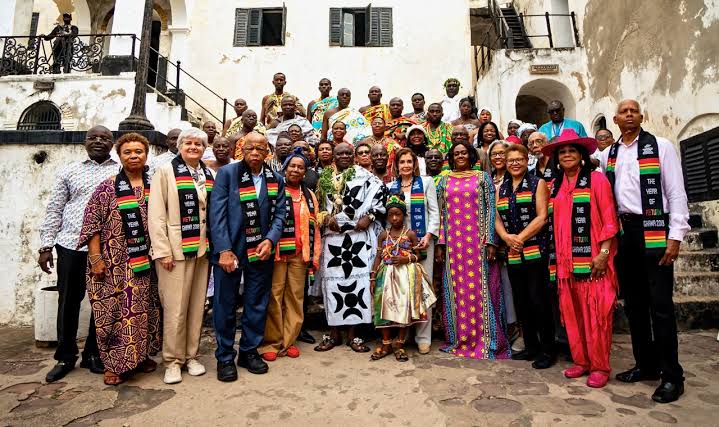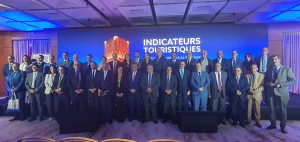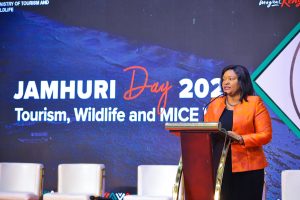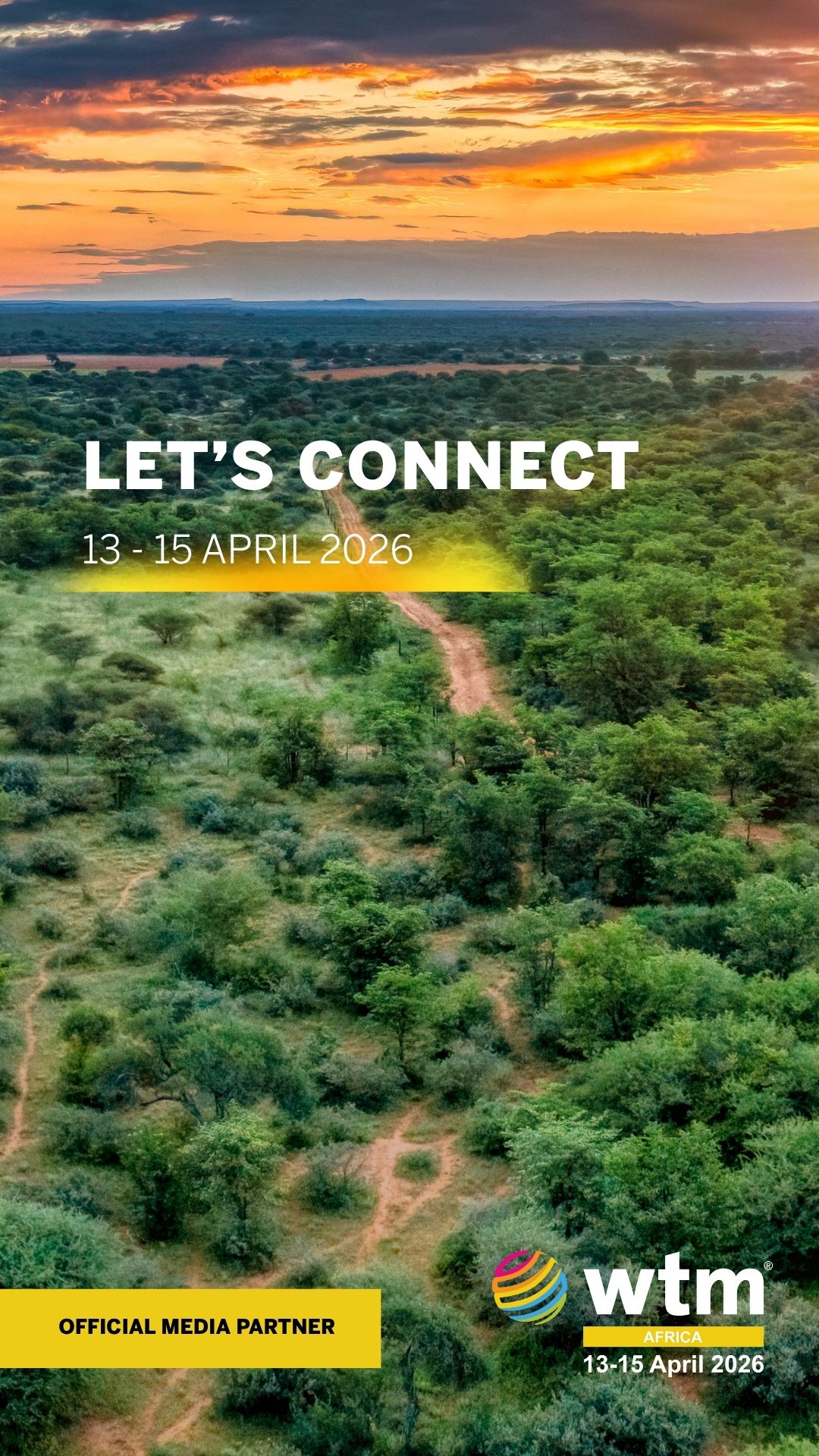Overview
The end of each year is a great time to reflect on events that took place and their impact, which can offer a sense of what is to come in the New Year. As tourism continues to play an important role in many African economies, a recap is necessary to evaluate how the industry has fared.
According to the latest World Tourism Barometer from the UNWTO released December 2019, global tourism grew at 4% during the first nine months of 2019. Africa saw a 5% increase in tourist arrival making it the second highest region after the Middle East (9%).
A number of factors have fuelled this growth including government policies in the various segments of the industry from aviation to hotel development. Here, we offer a bird’s eye view on tourism in Africa for the year 2019, focusing on major highlights that have and will influence the industry’s growth and development.
Aviation
Update on SAATM
One of African Union’s (AU) most significant flagship projects – the Single African Air Transport Market (SAATM) – was launched in January 2018 to fulfil the objective of deregulation and liberalization of air transport services between countries, similar to the European Union’s (EU) single aviation market.
In 2015, the heads of states of the member countries of the AU adopted a declaration to establish SAATM, with 11 countries coming on board. Today, 23 member states have agreed to uphold the agreement. The initiative is a testament to the AU Agenda 2063 – a structural framework and transformational roadmap for a better Africa.
The African continent has, for over a decade, made efforts to liberalize its aviation industry. Most important of which was the Yamoussoukro Decision of 1999 that sought to deregulate Africa’s air services and to promote regional air markets to allow transnational competition. Even though the implementation has encountered many challenges, its net effect on the growth of intra-regional air travel will be commendable.
The benefits of an open-skies policy – to create a free-market environment for the air industry – would not only increase intra-regional mobility, trade, and tourism but also lay down the path for continental integration and coordination.
As of the end of 2019, 28 countries have signed the agreement and only 10 have begun to implement new laws and policies to allow for an open skies agreement. However, there are still challenges facing the successful implementation of the agreement, they are the issues with taxation, costs, infrastructure, and regulation.
An analysis from OAG from April 2019 showed that intra-African flight frequency and capacity both declined by almost 6% this year, following consecutive years of growth between 2014 and 2018, proving that there is still a lot to be done to ensure a liberalized African air industry.
To support the implementation, the inaugural Ministerial Conference on Tourism and Air Transport in Africa was held this March in Cabo Verde. The event highlighted the importance of air transport and tourism given that it contributes to nearly 14 percent of global GDP and that Africa is yet to tap into this sector.
The re-emergence of national flag carriers.
The year also saw the re-emergence of many national flag carriers. Many nations have been pouring funds into resurrecting their respective carriers and acquiring aircraft, which seems to be tied with their aspirations of improving the country branding rather than hopes of becoming profitable.
On the other hand, there is potential for Africa as forecasts show that more and more Africans will be flying every year. IATA estimates that there will be 274 million air passengers within Africa by 2036.
However, airliners will face problems achieving profitability due to high jet fuel costs and passenger taxes. Expensive fares are leaving seats empty on many flights and without the timely implementation of SAATM, it will be very difficult to lower fares and taxes.
• Uganda Airlines returned to the skies this year after nearly twenty years. The airline was grounded in 2001 due to years of losses and is hoping to become a success by serving several regional destinations. The company has also put in an order for two long-haul A330Neo planes to reach further destinations.
• Ghana International Airways has resurfaced after its shutdown in 2010 by forging a partnership with Ethiopian Airlines.
• Zambia plans to relaunch its state airline after more than 20 years after its collapse.
Other nations, such as, Senegal, Tanzania, Rwanda, and Togo have also ramped up investments in their carriers in an effort to capitalize on the growing air industry on the continent.
Challenges facing Kenya Airways and South Africa Airways
The national carriers of Kenya and South Africa have been facing turbulent years with heavy losses piling onto their respective airlines.
SAA has been facing losses since 2011 with any chances of returning to profitability looking bleak. Having been kept afloat with government bailouts, the airline has faced criticism in the way its financial and executive board have affected the company. Recently, the airline experienced strikes over labor issues that affected thousands of travelers.
Kenya Airways are undergoing a nationalization process after parliament motioned to bring the airline back under government control. The airline was once a state operated enterprise over 20 years ago before selling shares to several banks, KLM and private investors, but began to sink into debt and losses in 2014 after a failed expansion plan. Currently affected by severe debt levels and surviving on government bailouts, the airline is attempting to return to profitability and emulate the highly successful Ethiopian Airlines model. However, the future is skeptical after it reported a half-year loss of $83m this August.
Ethiopian Airlines – Africa’s Giant leading the way
Ethiopian Airlines is the African continents only profitable airline and has embarked on a project of assisting other African airlines return to the sky. This year, the airline was involved in launch state carriers from Ghana, Togo, Zambia, Chad, and is operating Malawian Airlines. There is news that it might assist Nigeria develop a new airline and look to support SAA.
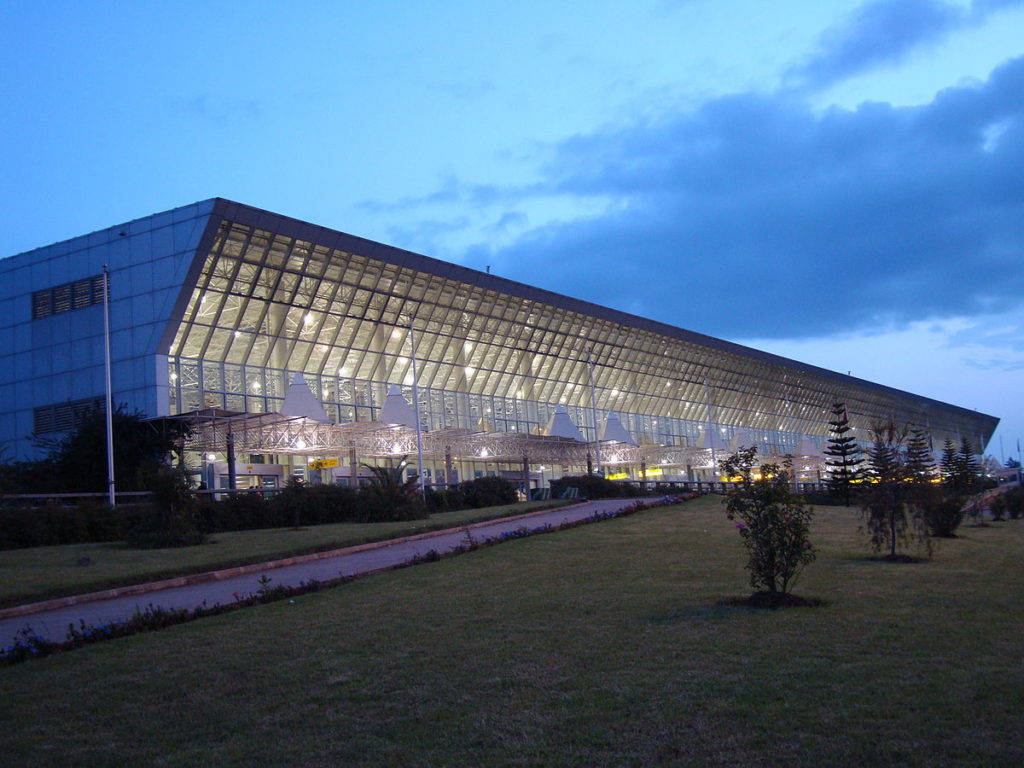
This year, the airline transported over 13m passengers in the 2018-19 fiscal year – an 11.6% increase on the previous year. It also added 18 new aircrafts and boasts over 120 international passenger and cargo destinations worldwide.
Ethiopian Airlines Group opened its new terminal at Bole International Airport and its first own-branded 300-key hotel this February. The $363m terminal will double its capacity to 22m passengers annually, becoming the largest airport in Africa. It hopes to grow to an annual capacity of 100m passengers in the future and is currently planning a new mega airport near the capital city of Addis Ababa. The new terminal offers better facilities, gates, lounges, shops and restaurants to cater to its 7m transit passengers.
The airline is currently building another 650-key five-star hotel adjacent to its first hotel in Addis Ababa and expand its cargo and maintenance services. The sky’s the limit for the airline as it spreads its wings across the continent.
Qatar Investment in new Rwanda airport
Rwanda has begun its own development plans for the new Bugesera International Airport by selling a 60% stake in the $1.3 billion project. The first phase will be able to accommodate up to seven million passengers a year, with the second phase increasing capacity to 14 million passengers once complete.
Qatar will build, own, and operate the new facility and it might allow for partnerships between Qatar Airways and RwandAir.
Tourism Policy
African Continental Free Trade Area (AfCFTA)
As policies serve as tools to facilitate development, the importance of implementing policies beneficial to the advancement of tourism cannot be over emphasized. As part of the African Union’s Agenda 2063, an integrated Africa that allows the free movement of people is a top priority. Initiated in Kigali, Rwanda on 21st March 2018, by July 2019, 54 countries had become signatories to the agreement. With 22 required ratifications achieved, 2019 saw the AfCFTA go into full force, laying the foundation towards achieving Agenda 2063. This opens up the African market of 1.2 billion people to Africans, making it the world’s largest free trade area since the formation of the World Trade Organization.
If properly implemented, the AfCFTA complemented by the Single African Air Transport Market (SAATM) will boast Intra-Africa travel as trade relations between countries are projected to increase, yield economic benefits and job creation for its growing youth population. In addition, the free movement of people will see the exchange of skills and knowledge, thereby directly influencing the quality of service in the industry. Tourism boards, hotels, tour operators, education institutes and other stakeholders can provide assistance and training through partnerships and exchange programs.
As many African economies are reliant on extract commodities, a free trade area will shift the focus to service based industries like tourism, which has proven to be a worthy investment for many countries around the world.
VISA Facilitation
As the AfCFTA is still in the works, the reality as it stands today, is travelling within Africa as an African can be a daunting challenge due the stringent visa regimes of many countries. It is worth mentioning, progress was made in 2019 with regards to easing visa application processes. According to the 2019 Visa Openness report by the Africa Development Bank, Africans now have liberal access to 51% of the continent.
Currently, only Seychelles and Benin offer visa free access to all African nationals while countries including Ethiopia offer African nationals visa on arrival with Nigeria looking to implement the same from January 2020. Technology has helped streamline visa application processes through the existence of e-visas, which a few African countries have in place, others like South Africa launched in 2019. Accessibility to a destination is directly proportional to the volume of arrivals. That being said, policymakers have the responsibility to relax entry requirements to attract tourists and benefit from foreign direct investments.
EGYPT
A structured framework is the ultimate roadmap to building a thriving tourism sector. In an effort to carry out necessary transformation, backed by its government, Egypt’s Ministry of Tourism developed the Tourism Reform Program with a vision to “achieve a sustainable tourism sector through implementing structural reforms that strengthen the sector’s competitiveness and are in line with international standards”.
The highly impressive plan highlights its pillars of structural reform including institutional, legislative, promotion & marketing, infrastructure & tourism development and global tourism trends. An ambitious objective of the program aims to have a least one individual from each Egyptian household work either directly or indirectly in the tourism sector.
The country’s tourism sector has for a long time played a pivotal role in its economy, contributing 11.9%, supporting 2.5 million jobs according to the World Travel and Tourism Council. With major attractions such as the pyramids, Egyptian Museum housing historical and cultural artifacts, the River Nile and more, Egypt offers tourists a plethora of unique options. Having faced security challenges in the past few years, which have directly affected visitor numbers, a reform program is a step in the right direction towards rebuilding and sustaining the industry’s growth in the country.
The Rise of MICE
Global Meetings, Incentives, Conferences and Exhibitions (MICE) segment is worth US$650 billion to US$700 billion according to the World Travel & Tourism Council. Africa accounts for about 3% of the stated figure. This depicts the size of the segment and the need for African countries to invest in the segment. Travel to Africa has been leisure focused with destinations such as Kenya, Tanzania, South Africa, Morocco etc. leading the way.
The Safari has dominated the tourism narrative on the continent. With ample resources and to establish a diverse tourism offering, the MICE segment presents such a golden opportunity for many African countries. When business events are hosted in a destination, the local economies see a boost, local talent and culture are exposed to visitors and the chance to mix business and leisure with stay extensions in a city to explore, is often the case.
It is notable that many have recognized the benefits and have, or are setting in place the necessary structure. In 2019, Kenya inaugurated its National Convention Bureau, a government entity that will oversee the growth, development and regulation of the segment in the country. Crucial to the success of the segment is infrastructure starting with a conference center, flight connections, hotel rooms, extra curricular and entertainment options. The availability of the above stated influence the decision of conference organizers to select a destination. Rwanda as a destination has intentionally developed and established itself as a preferred destination for business events ranking behind Cape Town in number of events hosted. Other cities include Accra, Nairobi, and Marrakech.
Marketing Initiatives and Activities
Destination Rwanda
A strategic marketing and communications plan is vehicle to achieving success as a tourist destination. The past year saw major initiatives launched by the Rwanda Tourism Board towards marketing the destination. Following the successful partnership with Arsenal Football Club in 2018 for the “Visit Rwanda” armband advertising, a similar initiative was launched with Paris based Football Club, Paris Saint Germain for the next 3 years.

What makes these partnerships remarkable is they both go beyond a typical advertising but have included activities to drive engagement with football fans and players. In the past year, the Rwanda Tourism Board launched activations online and offline such as competitions with prizes won to visit the destination, the country also hosted players from the team, and fans were entertained with traditional dance and drum display.
Part of the deal with PSG includes the promotion of fashion, design, Rwandan art and culture. In addition, Rwandan tea and coffee will exclusively be sold at Le Parc des Princes, which has a capacity of about 48,000.
Global football audience is enormous, according to the English Premier League, its cumulative audiences for live programming rose 11% to 1.35 billion, therefore, it is no surprise that Rwanda has chosen to capitalize on the viewership. Rwanda’s marketing initiatives with the sports teams will go down as one of the most significant by an African country.
Year of Return
The year 2019 marked 400 years since the first documented enslaved arrived at Jamestown, Virginia, USA. As such, the government of Ghana sought this an opportunity to extend and invitation to African Americans to connect with their roots and heritage. A series of campaigns to attract the diaspora started in 2018 with a visit to Ghana by celebrities.
Essentially, the initiative capitalizes on what exists; history and its link to the African diaspora in an effort to boost tourism while offering the diaspora an opportunity to connect to the land of their ancestors. The Year of Return initiative is a commendable on the part of the government resulting in increased arrival. This places Ghana as the springboard in the region and has been called the “Mecca of Black People”.
Hotel Investment & Brand Development
The African hotel development pipeline has seen a slight decrease from 2018 levels, however, the addition of new supply is still a testament to the opportunities available to investors. It is important to note that most of this supply are new supply and that only a small portion is either under construction or in the final planning stage.
W Hospitality’s annual hotel report states that there are 401 hotels in the pipeline that will add over 75,000 rooms to the supply, with a significant portion based in sub-Saharan Africa.
When it comes down to which hotel brands are most active in the pipeline by number of planned hotels and rooms, Radisson Blu leads the way with 27 hotels in the pipeline and Hilton leads the way with 6,483 rooms planned.
On the other hand, when it comes to overall chain presence, Marriott International, with 81 hotels and 16,905 rooms planned, is expanding its foothold on the continent.
In terms of international capital flows into the continent, a JLL report from Q4 states that, “there has been limited capital flows into sub-Saharan Africa’s hospitality sector, with local and regional investors remaining primary investors in the sector.”
The report further states that even though 2019 has been positive, many challenges lie ahead on the continent and that local and regional travel will drive hotel investment.
Moving into 2020, it is highly likely that many of the hotels and rooms in the pipeline will be scrubbed from the supply due to failed developments and brands worrying that many of the projects will not come to fruition.
Conclusion
2019 has proven to be an engaging and exciting year for tourism in Africa and 2020 is expected to bring about more energy and optimism to the industry.
With travel and tourism accounting for approximately one in ten jobs worldwide, several international bodies are emphasizing the impact tourism can have on Africa’s burgeoning middle class by creating jobs and improving lives.
It will also be interesting to see what happens with the African Union’s SAATM and Visa Free Africa initiatives and how the UNWTO’s Agenda for Africa 2030 will come to life.
In the meantime, be sure to do your part by seizing the opportunity to explore the continent and learn about the rich history and culture each country provides.
Written by: David Desta & Rhoda Nuhu
